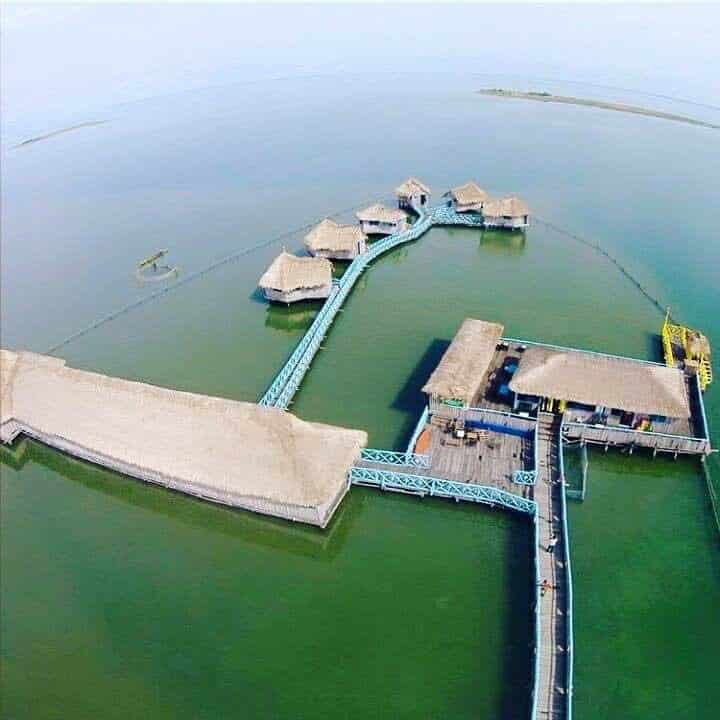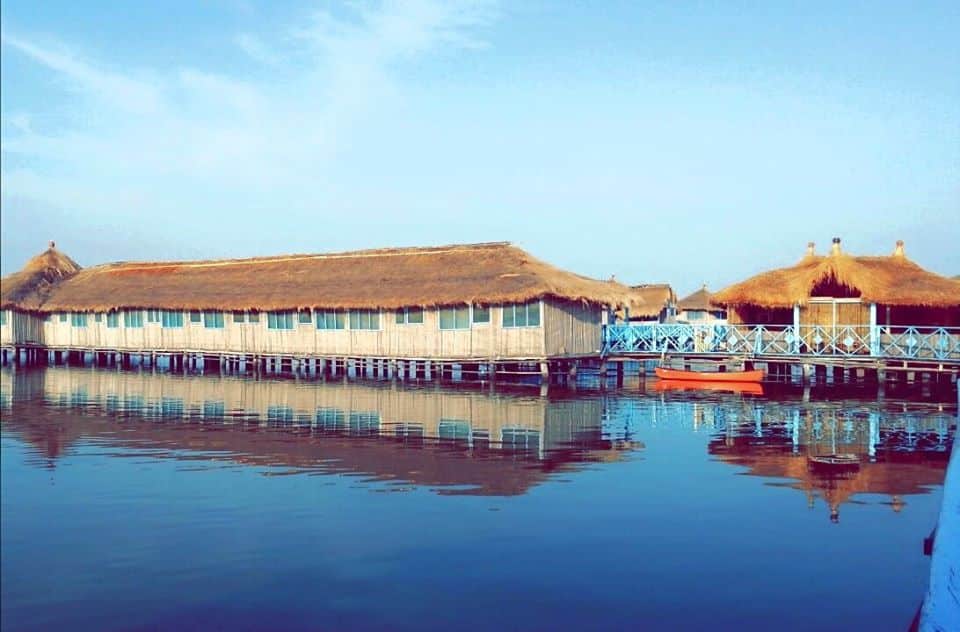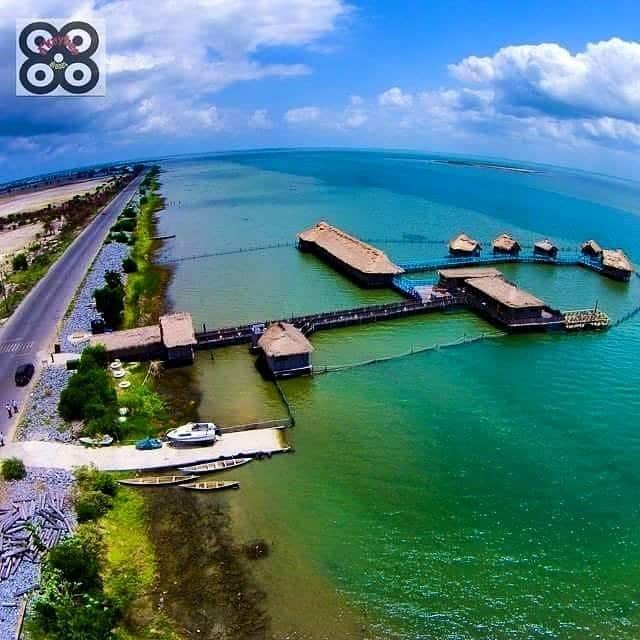Keta Lagoon, also known as Anlo-Keta Lagoon, is a significant coastal lagoon in Ghana. It covers 126.13 km in length and is the largest of over 90 lagoons that line the 550 km coastline of Ghana. Located in the eastern part of Ghana, the lagoon is separated from the Gulf of Guinea by a narrow strip of sandbar.
Surrounded by floodplains and mangrove swamps, the Keta Lagoon is fed by seasonal inflows of seawater during high tide from the Gulf of Guinea, as well as regular inflows from rivers such as the Aka, Tordzi River, and Belikpa Stream. The lagoon is surrounded by several settlements, including Anloga, Woe, Keta, and Kedzi to the south, Aborlove Nolopi, Anyako, and Anlo Afiadenyigba to the north, Kodzi, Alakple, and Tregui to the west, and Denu and Adina to the east.

Despite its ecological importance, the Keta Lagoon has been affected by population growth, extensive human activities, and climate change, leading to a reduction in the volume of water and threats of drying up. However, the lagoon was placed on the list of Wetlands of International Importance by the Ramsar Convention on Wetlands in 1992. In 1999, measures were taken to limit further erosion and control flooding of the coastal region. The Keta Lagoon Ramsar site, which covers 1200 km2, is a critical habitat for many species and plays an essential role in the livelihood of the people of Anlo land.
Spiritual Significance
The Anlo belief system and the spiritual significance of the lagoon have been integral to the community for generations. The people of Anlo believe that the lagoon has gods who must be worshipped to ensure a bountiful catch. One of these gods is called ‘Gbele’, and the people of Anlo Afiadenyigba perform annual rituals for the lagoon. The Bate Clan also claims responsibility for the expansion of the land around Keta, citing their relationship with Mama Bate, a sea Orisha.
However, spiritual forces are not always benevolent, and many accidents have occurred in the lagoon, including drowning and missing persons during fishing expeditions. In 1983, the leader of the Apostolic Revelation Society, Apostle C.N.K Wovenu, was invited to pray for an increase in the water levels of the lagoon, which were decreasing due to dry weather conditions. After the prayers, fishermen were instructed not to fish in the lagoon on Sundays.
In recent years, the spiritual significance of the lagoon has diminished, in part due to the decline in fish stocks caught from the lagoon. While some fishermen still attribute declining catches to social-spiritual causes, such as community conflict or punishment from the gods, more fishermen are aware of the increased fishing effort as a cause for declining catches. As a result, some fishermen have migrated to other parts of Ghana and even outside the country to continue fishing.
Ecotourism
The Anlo-Keta area in Ghana is not only known for its natural beauty but also for its rich native culture and tradition. This unique blend of nature and culture presents an opportunity for ecotourism to thrive in the region. Private-public partnerships could be established to develop recreational facilities such as playgrounds, picnic areas, lagoon swimming facilities, sailing and fishing, cycling, beach volleyball, and jogging spots to attract tourists who are interested in recreational activities. Additionally, women in the area harvest aquatic reeds which can be used to make bags, mats, and other handicrafts, providing an opportunity for alternative livelihoods and income generation, particularly for women.

Anlo-Keta is also known for its native dances, including agbadza, gahu, atsiagbekor, babasiko, and misago, which could be a source of entertainment for tourists interested in experiencing the local culture. The region is also famous for salt mining, which is a special skill that could be showcased to tourists as a unique attraction.
In sum, Anlo-Keta area presents a diverse range of opportunities for ecotourism, which could create jobs and generate income for the local community while preserving the region’s natural beauty and cultural heritage.






































